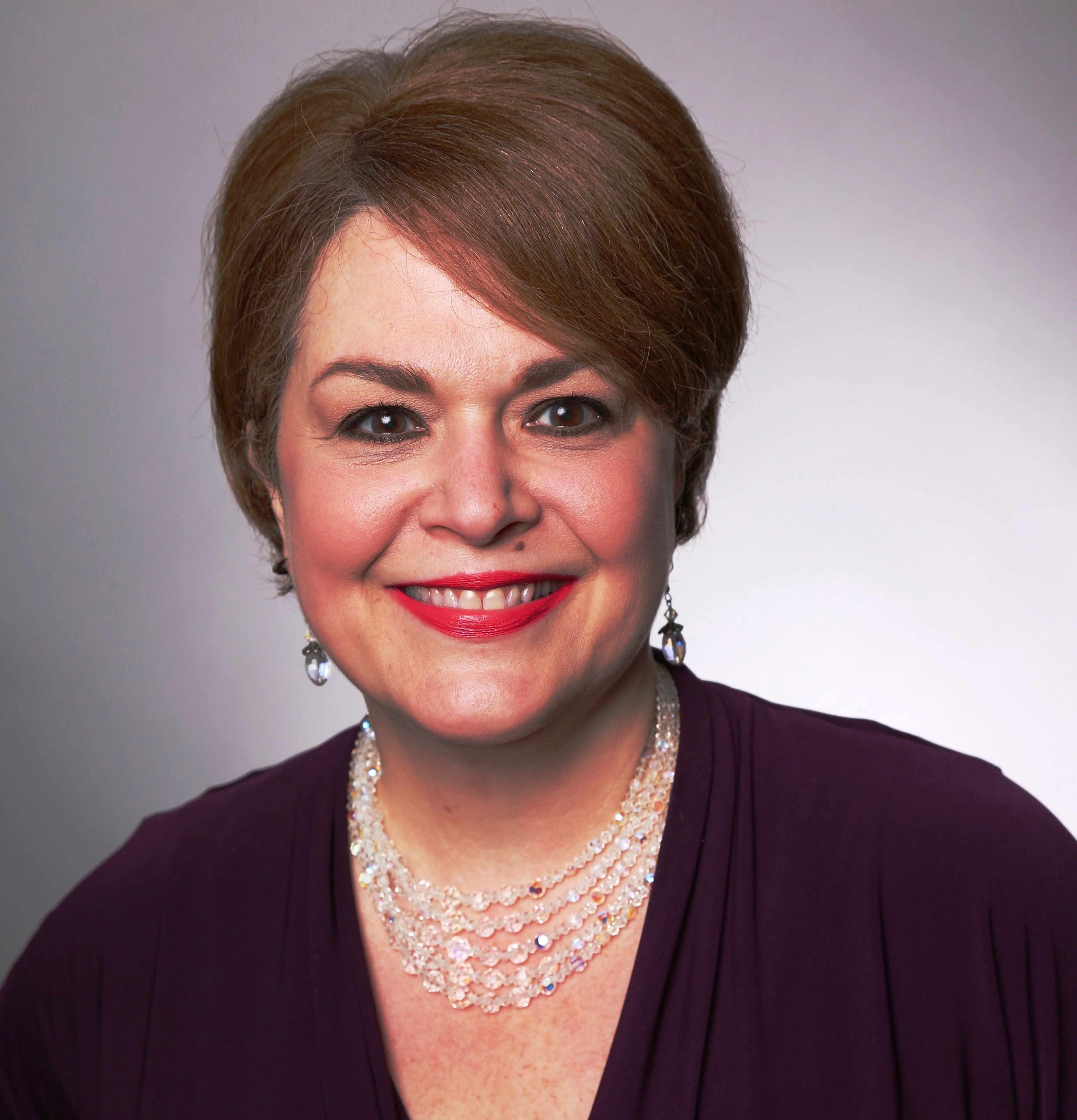Formulary Drug Exclusions on the Rise: What Health Execs Should Know
Lassen

Larson

A 51-year-old female patient has been taking Forteo (teriparatide) for osteoporosis for the past year. Her insurance company notifies her that the drug is no longer on its formulary. Her health plan, following the national preferred formulary (NPF) developed by Express Scripts, switches her to Tymlos (abaloparatide), a new drug for osteoporosis and new to the NPF for 2018. The reason is that Tymlos has a lower overall wholesale acquisition cost (WAC) than Forteo with clinical equivalency and similar outcomes.
This scenario has played out across the country as health insurers and PBMs exclude certain drugs on their formularies to decrease drug costs.
Express Scripts excluded 64 drugs in 2018, bringing its total since 2014 to 159 out of more than 3,791 available drugs. According to the St. Louis-based PBM, as many as 99.22% of patients will not receive any changes to their drug coverage. If a patient needs a drug not on formulary, the PBM says it will provide exceptions to cover the medication.
From 2014 to 2018, Express Scripts’ exclusions are expected to save participating NPF clients and patients $7.4 billion, with $2.5 billion this year.
CVS Caremark anticipates savings of $13.4 billion from 2012 to 2018 for its PBM clients due to lower cost brands and increased use of generics, according to the PBM’s August 1, 2017, issue of Insightscommentary. The publication also reports that during 2018, the PBM removed 17 products in 10 drug classes from its standard control formulary while adding back others. CVS estimates that 99.76% of its members will stay on their current therapy.
Ken Majkowski, PharmD, chief pharmacy officer at Bethlehem, Pennsylvania-based FamilyWize, a community-based organization that offers a free prescriptions savings program, says PBMs seem to be excluding more drugs than in the past. He says that’s because most drugs being approved are expensive, specialty drugs, and that there might be viable, less-expensive therapeutic alternatives available.
The exclusion process
Adam Kautzner, PharmD, vice president of supply chain strategy for Express Scripts, says medication decisions are based primarily on clinical appropriateness and effectiveness, followed by comparing WAC to net cost. “If net cost is not where it should be, we will exclude a drug and try to negotiate on behalf of employers,” he says.
Express Scripts’ Pharmacy and Therapeutics (P&T) Committee analyzes new drugs, FDA-approved indications for existing drugs, clinical line extensions, and published trends that might affect previous formulary placement decisions.
“Because of our clinical-first approach, we need to ensure there are clinically appropriate options for patients in each therapy class,” Kautzner says. “Simply put, if there isn’t competition within a specific class, we cannot exclude a drug-except if our P&T committee determines it’s unsafe and clinical benefits don’t outweigh the risks. Alternatively, the more options within a therapy class, the more opportunities we have to drive down the cost of the medications while still preserving choice for members.”
David Lassen, PharmD, chief clinical officer of Prime Therapeutics, explains that in making formulary recommendations to its clients-including which drugs to exclude-the PBM helps ensure members will have access to the right mix of drugs needed for the best health outcomes, while driving toward generic and preferred brands that are equally as effective and safe for members.
“The formulary development process is always changing based on both new-to-market brands and generics. We look at safety, efficacy, and availability of other treatments for a given condition,” Lassen says. “As more high-cost drugs come to market, the number of exclusions may go up if other equivalent therapies are available.”
Each quarter, Prime reviews NetResults, one of its standard formularies first introduced in early 2017, so that it reflects current market offerings.
Like Kautzner, Lassen says Prime believes that the clinical merits of a drug should be at the forefront of formulary decision making and that once clinically supported products are determined, cost can be a final deciding factor.
In its first year, NetResults delivered a decrease in net drug trend of 11% compared to its non-NetResults population. To date, Prime has seen an $8 to $14 per member per month average savings range through the first year post implementation of the formulary. In a cohort analysis of continuously enrolled members in NetResults and non-members, there was an 8% point decrease for members.
Criticisms and concerns
Cheryl Larson, president/CEO of the Midwest Business Group on Health, a nonprofit employer coalition of 130 mid-sized to very large, self-funded public and private employers, is not convinced that drug exclusions are all based on evidence. “Because there is no transparency in PBM contracts, there is no evidence or way to know if outcomes, cost, and comparative value are being considered,” she says.
Manufacturers use rebates to negotiate formulary placement and when drugs are excluded, it is often because the competition has offered more revenue in the form of rebates and discounts, she says. “We believe P&T committees are making sound clinical recommendations, but that the final deals are negotiated by ‘business committees,’ which include non-clinical people.”
By introducing the threat of exclusion to a biopharmaceutical manufacturer, payers can leverage higher rebates as the impact of exclusions on product demand is significant, she says.
“When drugs are excluded for the right reasons-based on efficacy and toxicity-then patients are assured that they are receiving a drug that has shown value, and employers/plans stay committed to their fiduciary responsibilities and see savings through reduced cost for drugs along with improved health outcomes,” Larson says. “But when drugs are excluded for financial gain by PBMs, then they are the only winners.”
Which drugs are excluded
Thomas Borzilleri, CEO of Intelisys Health, a pharmacy data and analytics company, says exclusions are mostly brands that have multiple products in the same therapeutic class and high utilization, and are more expensive than other clinically equivalent drugs in the same class.
Majkokwski says that as generic equivalents within a therapeutic class become available, PBMs have greater ability to steer members to lowest price alternatives.
Express Scripts also supports excluding drugs that are accompanied by a manufacturer copayment discount card. “These cards do not lower costs for plans and often lead to higher costs because the plan is then paying its share on a more-costly medication,” he says.
Prime’s exclusions typically involve brands with over-the-counter alternatives, high-cost brands (not necessarily those with only rebated alternatives), and high-cost generics that aren’t on a maximum allowable cost list and exceed specific clinical and cost criteria, Lassen says.
Mari Edlin, a frequent contributor to Managed Healthcare Executive, is based in Sonoma, California.
David Calabrese of OptumRx Talks New Role, Market Insulin Prices and Other Topics 'On His Mind'
April 13th 2023In this month’s episode of the "What's On Your Mind podcast," Peter Wehrwein, managing editor of MHE connects with the now Chief Clinical Officer of OptumRx Integrated Pharmacies, David Calabrese. In this conversation, David touches on his transition in January as OptumRx’s former chief pharmacy officer and market president of health plans and PBMs to his new role as Chief Clinical Officer where he now focuses more on things such as specialty pharmacy to home delivery — with an overall goal of creating whole-patient care. Throughout the conversation, Calabrese also touched on the market’s hot topic of insulin prices and behavioral health services within the OptumRx community, among other topics.
Listen
Briana Contreras, editor of Managed Healthcare Executive, spoke with Nancy Lurker, CEO and president of EyePoint Pharmaceuticals. Nancy shared a bit about EyePoint and how the organization’s innovative therapies are addressing patient needs through eye care, and most importantly, she addressed C-Suite positions like the CEO role. Nancy shared advice for those seeking to reach the CEO level, especially toward women in healthcare and other roles, and what it takes to run a biopharma company.
Listen
Upended: Can PBM Transparency Succeed?
March 6th 2024Simmering tensions in the pharmacy benefit management (PBM) industry have turned into fault lines. The PBMs challenging the "big three" have formed a trade association. Purchaser coalitions want change. The head of the industry's trade group says inherent marketplace friction has spilled over into political friction.
Read More
Florida Gets the OK. But Will Drug Importation from Canada Actually Happen?
March 5th 2024Canadian health officials warn that maintaining a drug supply for Canadians is their priority. The staunch opposition of the U.S. pharmaceutical industry may also be an obstacle to imports from north of the border.
Read More